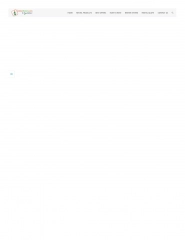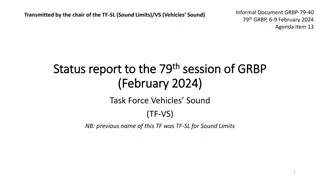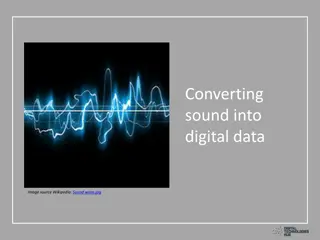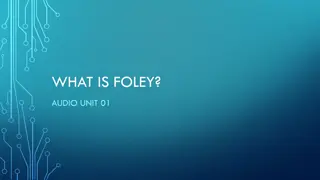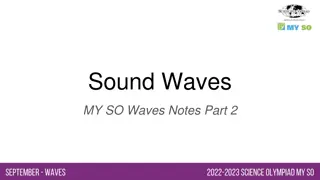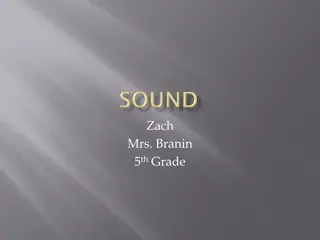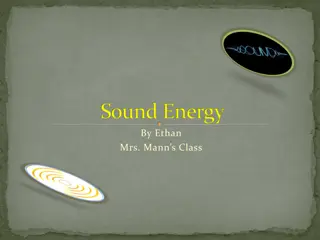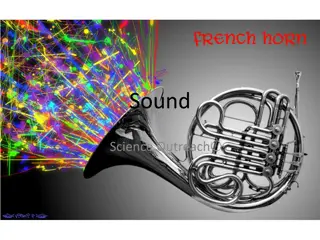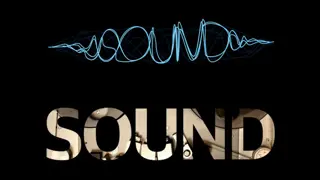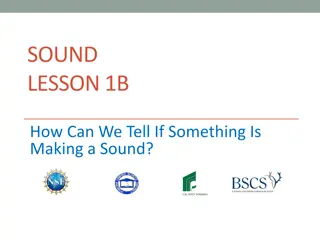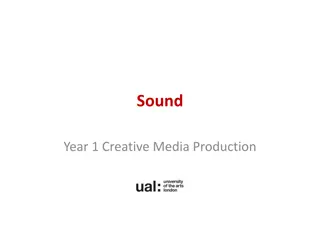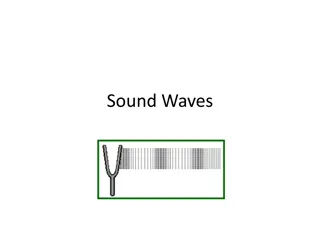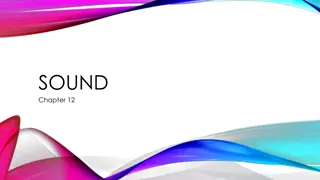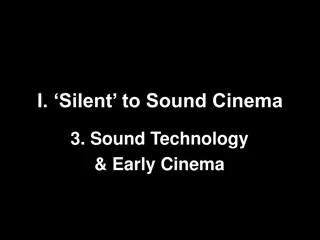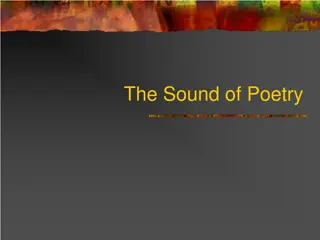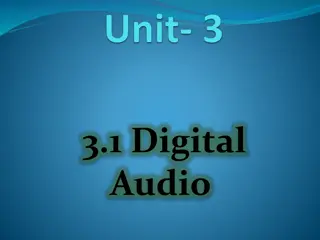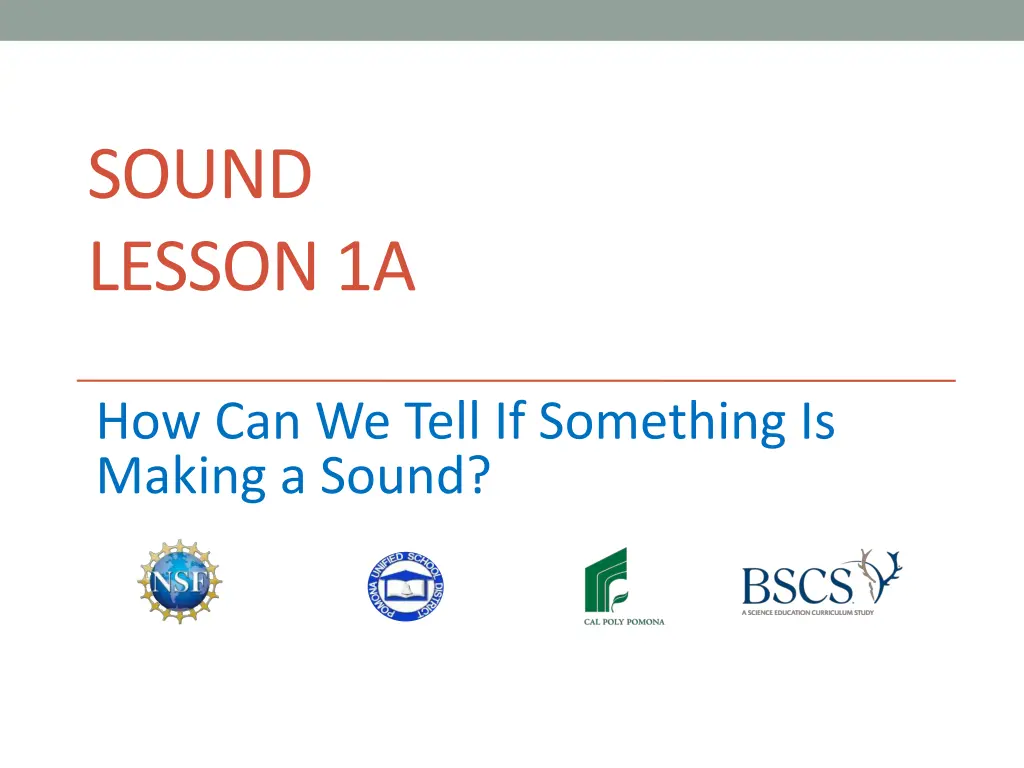
Exploring Sound: How to Identify Sounds Around Us
Dive into the world of sound and learn how to identify different sounds in your environment. Explore the evidence of sound through engaging activities such as tapping pencils together and conducting a ruler investigation. Understand the significance of evidence in determining the presence of sound and expand your vocabulary to describe various sounds. Join us on a journey to discover the science behind the sounds we hear every day.
Download Presentation

Please find below an Image/Link to download the presentation.
The content on the website is provided AS IS for your information and personal use only. It may not be sold, licensed, or shared on other websites without obtaining consent from the author. If you encounter any issues during the download, it is possible that the publisher has removed the file from their server.
You are allowed to download the files provided on this website for personal or commercial use, subject to the condition that they are used lawfully. All files are the property of their respective owners.
The content on the website is provided AS IS for your information and personal use only. It may not be sold, licensed, or shared on other websites without obtaining consent from the author.
E N D
Presentation Transcript
SOUND LESSON 1A How Can We Tell If Something Is Making a Sound?
What Sounds Do You Hear? What sounds do you hear first thing in the morning? What sounds do you hear at school? What sounds do you hear when you get home from school? What sounds do you hear when you re outside playing?
Lets Describe Sound What are some other words for sound? What words can we use to describe different sounds?
Unit Central Question Why do we hear sound?
Todays Focus Question How can we tell if something is making a sound?
What Is Evidence? Evidence is what we find out or understand that helps us know something. Hearing a sound with our ears is evidence that something is making a sound! Scientists use evidence to figure out how the world works.
Tapping Pencils Together What evidence of sound can you find if I tap two pencils together? Watch and listen carefully as I tap the pencils together. Look for evidence that the pencils are making a sound. Talk with an elbow partner about any evidence of sound you noticed. Be prepared to share your evidence!
Soundmakers Data Table My Evidence of Sound Is That I Hear I See I Feel Push down on the ruler with your finger and then let go. Courtesy of BSCS
Ruler Investigation: Evidence of Sound Work with your partner to set up your ruler just like I did. (You can also look at the picture on your handout.) Take turns making sounds with your ruler. Use your ears, eyes, and hands to find evidence that the ruler is making a sound. Use all three of your senses! Talk with your partner about what you hear, see, and feel.
What Evidence Did you Find? My Evidence of Sound Is That I Hear I See I Feel Push down on the ruler with your finger and then let go. Courtesy of BSCS
A New Vocabulary Word! Scientists use the word vibrate to describe objects that move back and forth quickly. Objects vibrate when they make sounds.
Lets Summarize! Our focus question: How can we tell if something is making a sound? Share one kind of evidence with your partner that would help you know whether an object is making a sound. Use this sentence starter: My evidence of sound is that ________. Make sure each of you shares a different kind of evidence!
Next Time Today we gathered evidence that pencils and rulers make sounds. Next time, we ll explore another kind of soundmaker. Do you think we ll be able to hear, see, and feel evidence of sound for this soundmaker, too? Why or why not?

